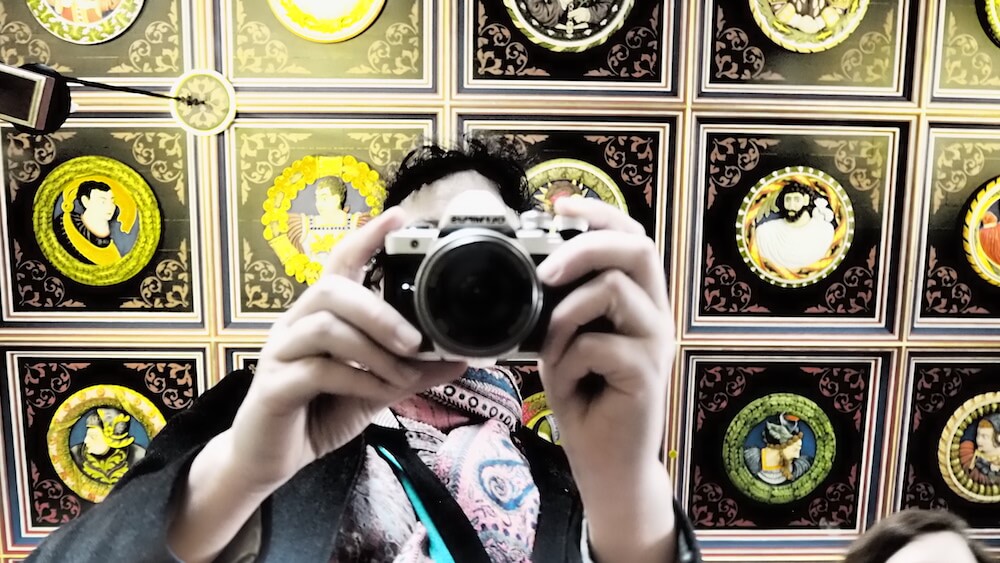4 Things Not to Miss at Stirling Castle
Stirling Castle has always been a popular tourist attraction – but it has been slowly growing the wealth of details it has to share with its visitors.
In case you aren’t aware, there has been a lot of work done on restoring it and recreating what castle life would have felt like during medieval times – fortunately, they have stopped short of bringing back the lion den – for now.
This blog shares 4 castle experiences that we love sharing with our English immersion holiday guests.
In general, we love sharing the rich wealth of Scottish history.
Here are our tips for getting the absolute best out of your own visit.
Enjoy!

A Quick English Language Listening Exercise
In this video, we look at a few changes that have been made to recreate the look of the castle during medieval times.
- How many do I mention in the video?
- What are they?
When you visit a site like this on a Blue Noun immersion English holiday, we will converse about all that we see – with English language coaching in situ, followed up with a language revision back at our hub.
It’s specialist, individual English language coaching for all types of professionals!
#01: The Herb Garden
Tucked away at the top of the castle garden is a recently planted herb garden.
What is of interest here, are the descriptions of the medicinal plant usages which are historic rather than contemporary.
This is a lovely detail which adds verisimilitude to your castle visit – with smells and tastes to accompany the immersive castle visit experience.
“Foxglove: also known as dead men’s bells, bloody fingers and witches’ thimbles, foxglove was put into cradles to protect babies from witchcraft.”
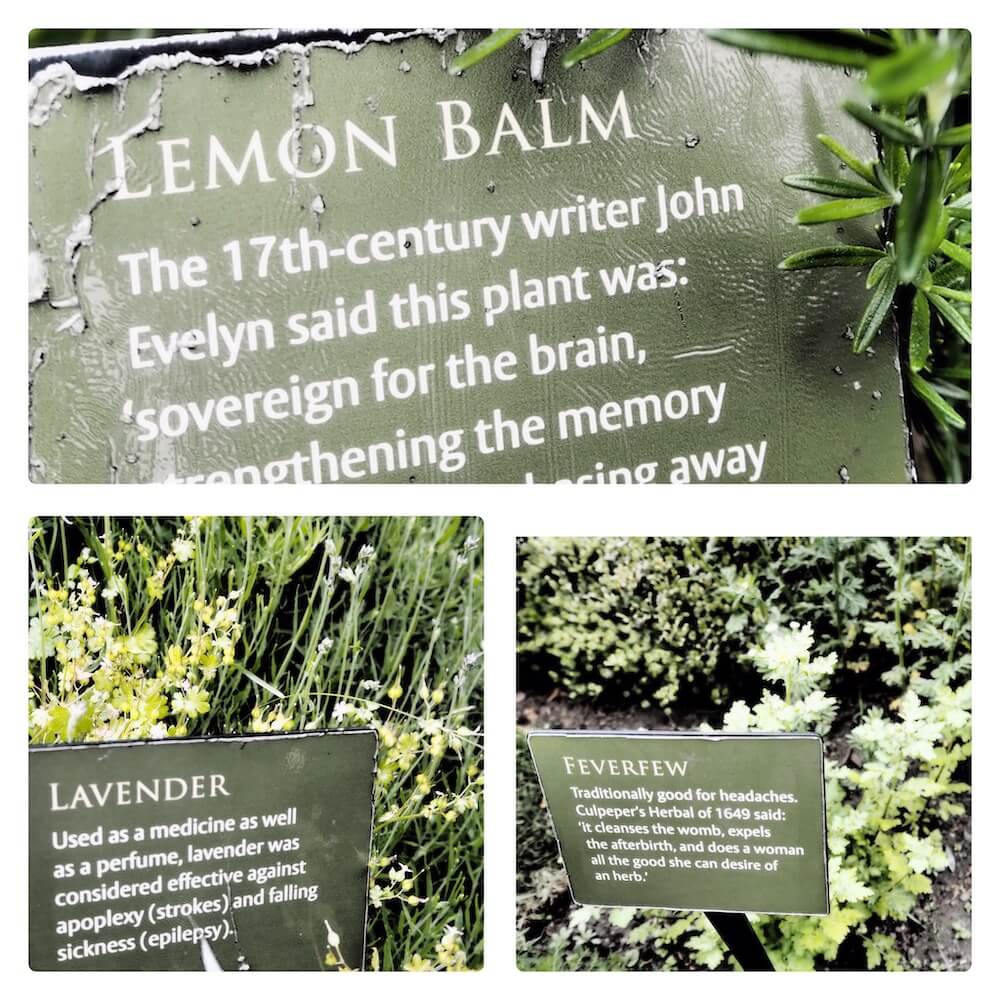
#02 The Visiting Exhibitions
Stirling Castle has had a spate of interesting exhibitions about architecture.
The current one is about the work of Erskine Beveridge (1851 – 1920). Beveridge was a Scottish textile manufacturer, historian and antiquary. He travelled extensively in Scotland, taking photographs of ruins in the landscape and ways of life which he perceived to be dying out, such as the fishing village of Crail.
“The town was a major fishing port from the 16th century but declined in the late 19th century when the herring changed its pattern of migration in the North Sea. The town’s fishing industry was slow to recover, even after the herring returned to the Firth of Forth in the 1830s”.
The castle’s exhibition Collecting Relics, Ruins and Ways of Life is a must-see for anyone interested in Scottish history, photography and/or the built environment.
It’s not just old photographs. It discusses the way relics and ruins link past and present in time.
It asks the audience about the viewpoint of the photographer. What is being documented, what is being omitted – and to what objectives?
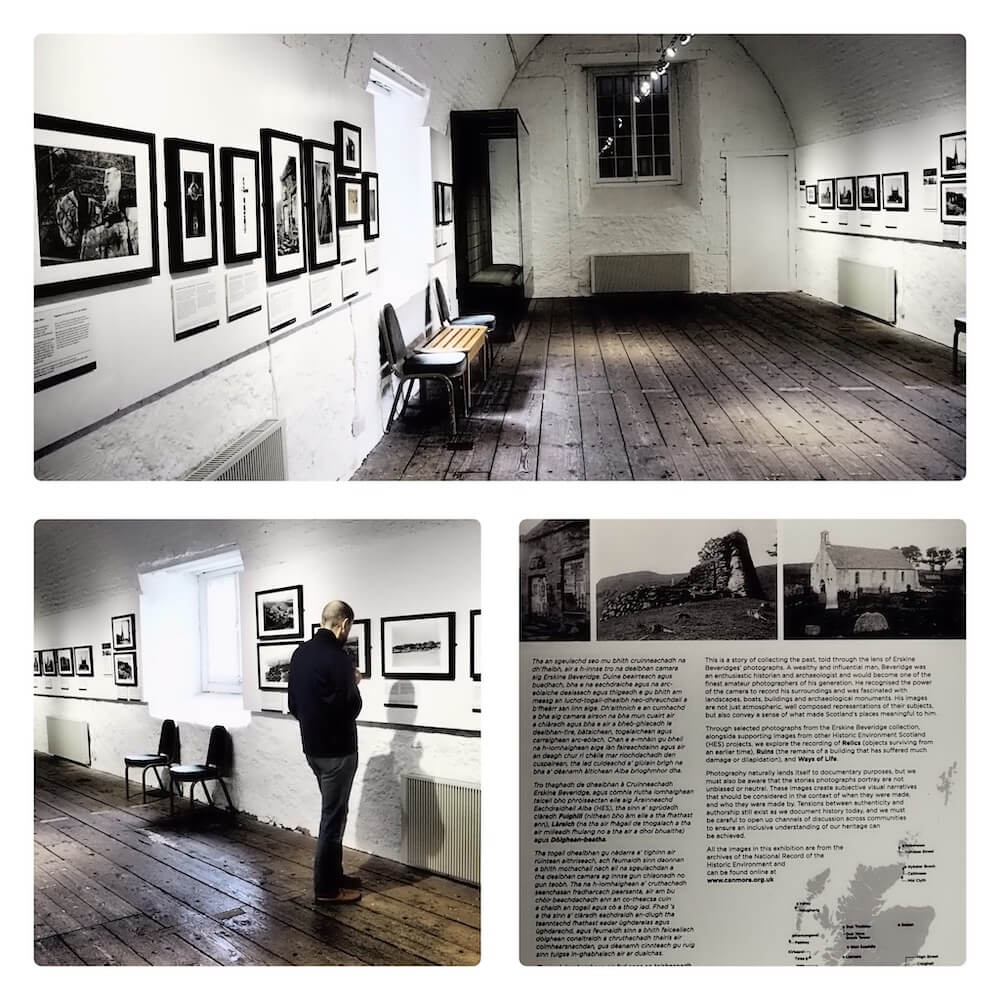
#03 Flipping the Unicorn
In the last decade, little girls seem to have gone unicorn crazy.
Only the unicorn as a mythical symbol of Scotland is a nuanced, non-cuddly beast.
It is fascinating the way the castle’s curatorial team keep the authenticity of the original unicorn – including replacing the tapestries which depict a unicorn being hunted and killed (and then not killed, in that magical medieval art way of having concurrent timelines) and nurture a child’s love of a more Disneyfied unicorn.
Keep an eye out for the way that unicorns are referred to extensively in the furnishings and architecture – but also represented in a child-friendly version for the under tens, skilfully keeping both audiences happy.
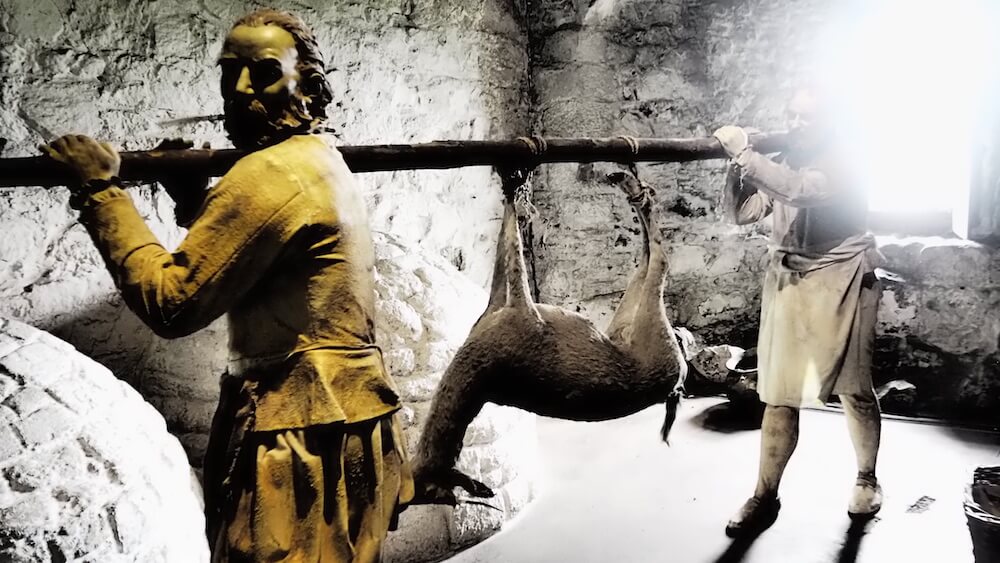
#04 Dusk & Autumn
Stirling Castle is a fantastic visit at any time of year, but personally, nothing beats a crisp frosty winter evening when the sun begins to set.
Firstly, you get the castle to yourselves.
The experience of being alone within such dramatic architecture connects me with the past much better than costumed actors and crowds.
Secondly, the view over the battlements and across the Carse of Stirling is unparalleled when it gets all dark and dramatic.
The castle walls are floodlit, the lights within shine yellow into the night – and you are small and temporary in the night.
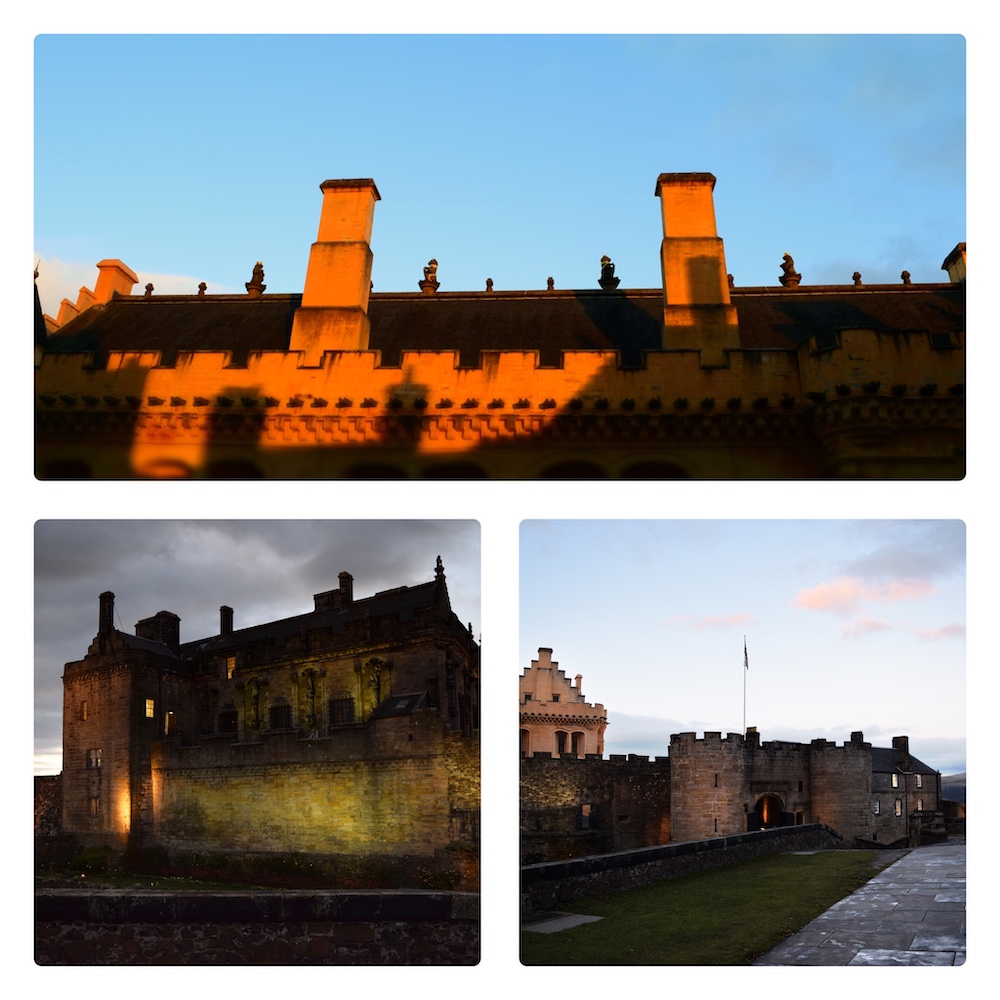
English Immersion Excursions to Stirling Castle
I hope you have enjoyed your guide to our favourite parts of Stirling Castle.
This blog is just one example of the ways we take you behind the scenes and share Scotland with you on a deep level, while also coaching your English language skills.
It’s English language coaching, right here on holiday with us in Scotland.
A Visit to Stirling Castle
How this English conversation activity helps your English and positively impacts our community:
✅ Great for mental/physical health
⭕ benefits our local community.
✅ a good introduction to Scottish culture
✅ preserves craft skills, historic machinery, monuments etc.
⭕ supports Scottish industry/agriculture
✅ gets you talking with a rich and diverse selection of people, or about diverse subjects.
⭕ explores Scottish wildlife in non-invasive ways
⭕ supports arts & artists
✅ financially contributes to preserving culture
✅ is for fun & feeling good in English.
Further Information
Blue Noun Language Hub
Get our best tips for a Visit to the Wallace Monument.
External Links
Find out more about Erskine Beveridge.

